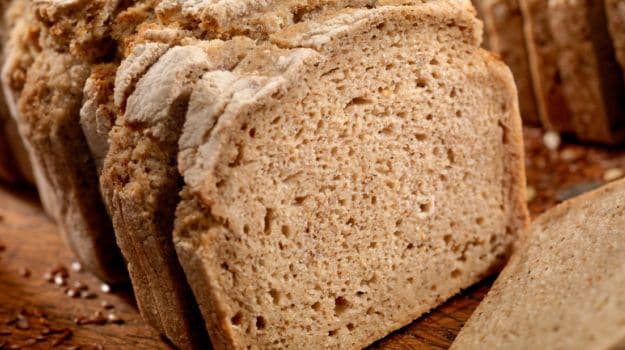
But oftentimes in my kitchen, preserving happens in an effort to curb food waste. That’s how I first learned to make paneer, the springy, fresh cheese that shows up as the protein in some of my favorite Indian dishes. It’s one of the quickest dairy products to make, and also one of the easiest.
All you need is milk, lemon juice or vinegar, and a little salt. One of the reasons to make cheese like this is to use up milk that’s right at or even a tiny bit past its sell-by date. Just make sure to give it a good sniff and then use your good sense and best judgment.
That said, when the list is so short, using the best ingredients you can afford is always a good idea. I source whole raw Ayreshire milk from a small grass-fed dairy here in southeast Pennsylvania, Wholesome Dairy Farms, for both drinking and making value-added dairy products. I find that even when I’m pasteurizing the milk for a recipe, the yields on items like yogurt, whole-milk ricotta, and paneer are higher, and the product just tastes better when I’ve started with raw milk. We’re lucky that raw milk is so available in Pennsylvania.
If you can get your hands on it from a reputable source in your state, I recommend doing so, even if you plan to pasteurize it in your recipe. To start your cheese, pour one half gallon of milk into a four-quart, heavy-bottomed pot (I use my enameled Dutch oven).
Heat the milk over medium-low heat, stirring occasionally and feeling along the bottom of the pot with your spoon to make sure that it isn’t scorching. Keep a close eye on the pot so that it doesn’t boil over. You want to get to a little below the boiling point, about 200oF. You can use an instant-read or milk thermometer for this, or you can watch for when tiny bubbles start to form on the surface of the milk.
When you see the bubbles, immediately remove the pot from the heat. Once you’ve reached the proper temperature, stir in lemon juice. This will cause the milk solids to immediately begin separating out. As the milk sits, the solids will continue to coagulate. Strain the curds, then press out the remaining liquid in cheesecloth or butter muslin (I prefer butter muslin for home cheesemaking since it’s washable and reusable; cheesecloth is one-time use only).
Press and refrigerate the cheese for at least a half an hour or overnight. Once the cheese is full drained, unwrap the bundle. 1. Pour the milk into a 4-quart, nonreactive pot with a heavy bottom and heat over medium-low, stirring occasionally. Heat the milk until it's just below boiling (around 200 degrees F) and little bubbles begin to form on the surface.
Watch closely to make sure the pot doesn't boil over. 2. When the milk has come up to temperature, immediately remove the pot from the heat and stir in the lemon juice. Let the pot sit for five minutes or so to allow the curds to form. 3. While the pot is resting, fit a strainer with a few layers of cheesecloth or a sheet of butter muslin and place it over a 2-quart bowl.
4. Using a slotted spoon or ladle, spoon the curds into the cheesecloth-lined strainer. When you have mostly whey left in the pot, pour the contents of the pot over the curds in the strainer — this will help you get the last bits of curd and help the curds knit together. Make sure the catch bowl is large enough so that whey won't overflow. 5. Drain the whey and put the strainer back over the empty bowl.
Tags:
How Make Food
